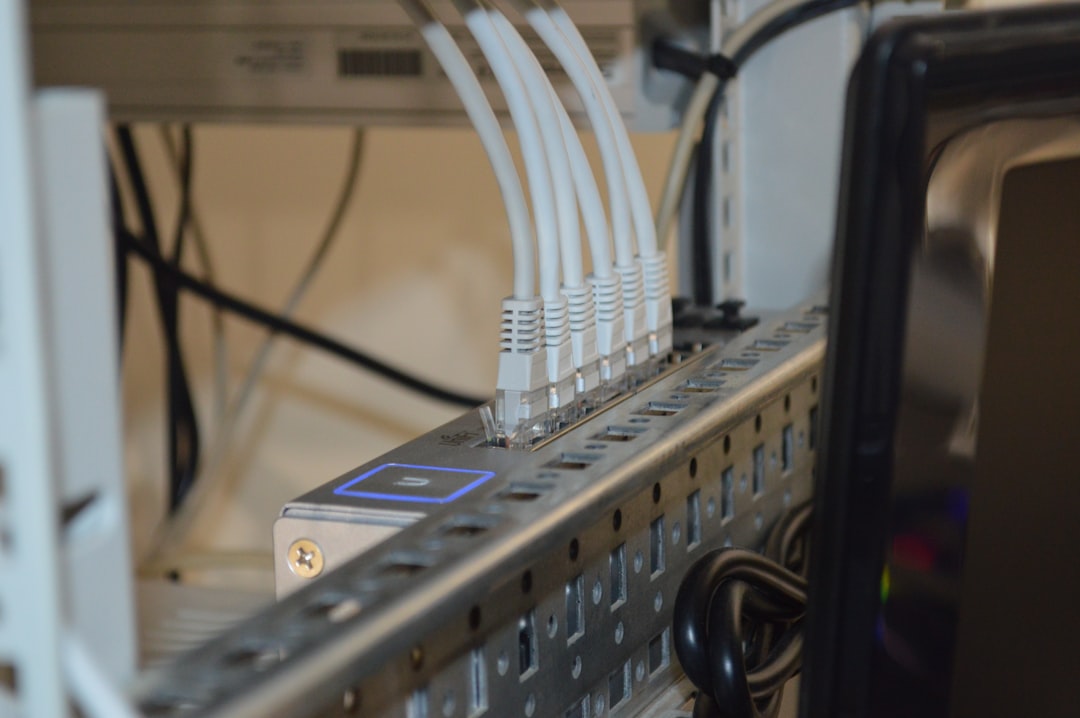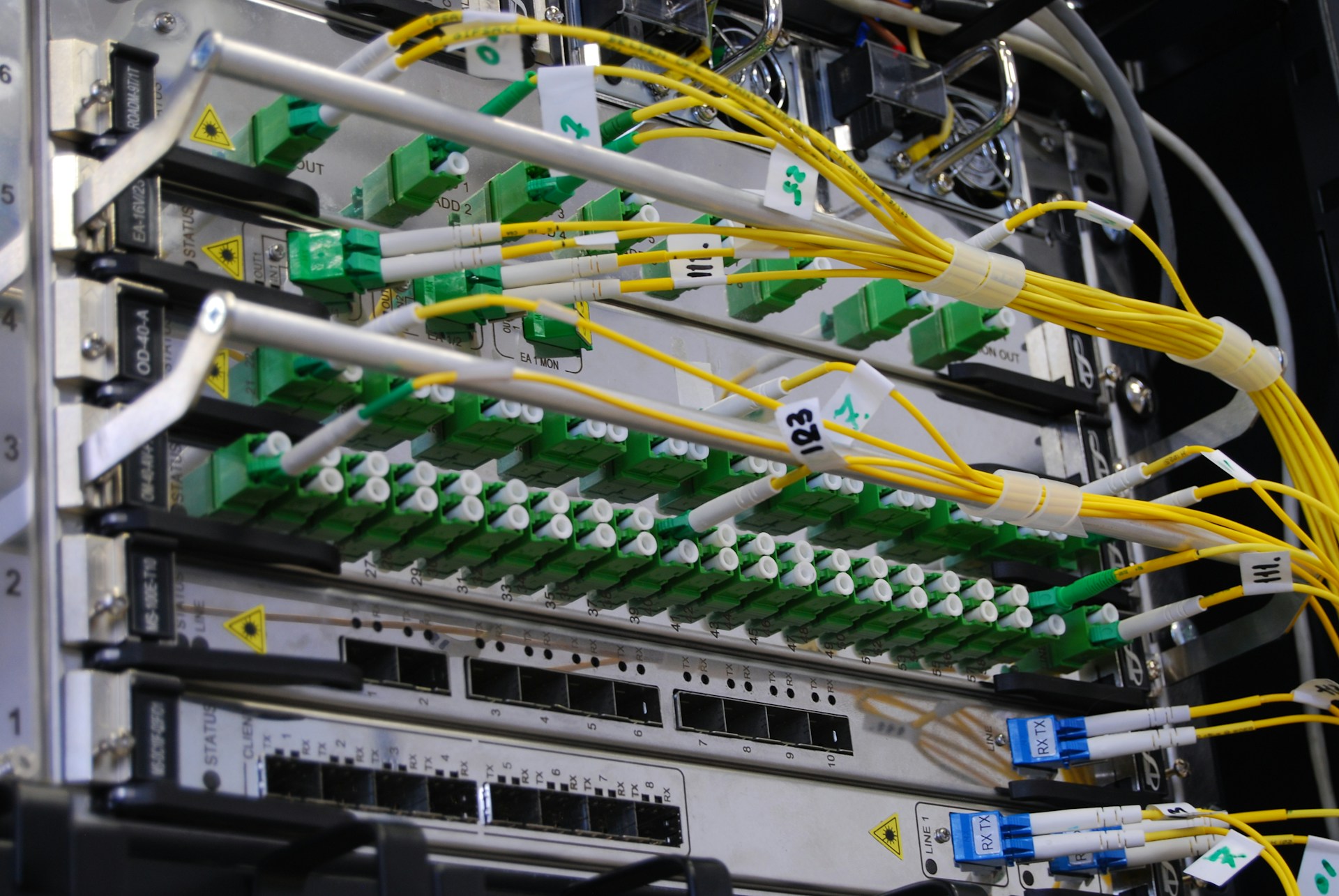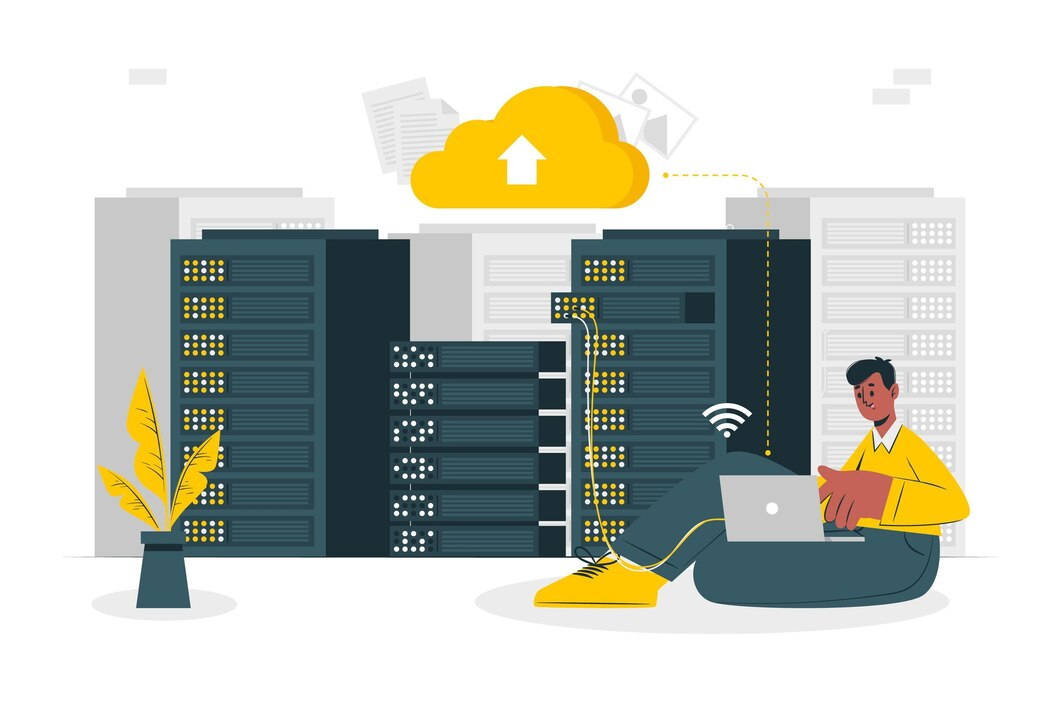Last Mile Connectivity—Why does it matter the most for Optimal Network Solutions?
-
November 24, 2022
-
5 min read

Last mile connectivity is a critical determinant of the effectiveness with which businesses can leverage digital tools and services.
High-quality last-mile connections ensure reliable access to cloud-based applications, facilitate smooth video conferencing and VoIP communications, and support the uninterrupted operation of online business processes. Conversely, poor last-mile connectivity can lead to frequent service disruptions, reduced productivity, and compromised customer experience.
This article will cover various factors which impact last mile connections, its impact on business and digital services, and last mile connectivity problems and challenges.
Factors Impacting Last-Mile Connectivity
The effectiveness of last-mile connectivity, a crucial element in the overarching network infrastructure, is determined by a complex interplay of factors. Each of these factors plays a significant role in how well the final connection between the service provider’s network and the end-user is established and maintained. Understanding these influences is key to addressing the challenges they present and optimising the last mile connections for superior service delivery.
- Infrastructure quality
The backbone of last-mile connectivity lies in the physical mediums utilised to transmit data, such as fibre optics, copper wires, or wireless signals. The choice and condition of these materials are paramount.
- Fibre optics offer unparalleled speed and bandwidth capabilities, making them ideal for high-demand applications, but their deployment is cost-intensive and geographically limited in some areas.
- Copper lines, while widely available, may not provide the same level of performance, especially over long distances.
- Wireless technologies offer flexibility and ease of deployment but can be susceptible to interference and capacity issues.
The health and maintenance of these mediums are equally critical – aged or damaged infrastructure can significantly degrade connectivity quality, leading to slower speeds and increased downtime.
- Geographical challenges
Geography plays a pivotal role in the accessibility and quality of last-mile connectivity. Urban areas typically enjoy a denser infrastructure network, allowing for more direct and high-quality connections. However, remote or rural areas pose significant challenges due to their distance from central network nodes and the economic viability of extending sophisticated infrastructure to these locations.
Natural barriers such as mountains, rivers, and expansive rural landscapes can further complicate the deployment of physical network infrastructure, often necessitating innovative solutions like satellite connections or long-range wireless technologies to bridge the gap.
- Network congestion
As digital demands surge, network congestion has become a prevalent issue affecting last-mile connectivity. The last mile often represents a bottleneck where the aggregated demand from multiple end-users converges on a limited bandwidth capacity.
During peak usage times, this congestion can significantly impair service quality, leading to slower speeds, higher latency, and less reliable connections. Service providers must carefully manage and optimise network traffic, deploying technologies such as Quality of Service (QoS) protocols and expanding capacity to mitigate these effects.
- Technology used
The technological framework chosen for last-mile delivery profoundly impacts its efficiency and reliability.
Each technology, from fibre optics to wireless to satellite, has its own set of advantages and limitations.
- Fibre optics offer high-speed, low-latency connections ideal for data-intensive applications but require significant investment in infrastructure.
- Wireless technologies provide easier deployment and can effectively serve less accessible areas but may offer lower speeds and be affected by environmental factors.
- Satellite technology can reach the most remote areas but often suffers from higher latency.
The decision on which technology to use is often a balance between cost, geographic considerations, performance requirements, and future scalability.
Know more about Leased Line Installation Process
Impact of Last-Mile Connectivity on Business and Digital Services
The quality of last-mile connectivity is a determinant factor in a business’s ability to leverage digital technologies effectively. High-performance last-mile connections are essential for:
- Reliable cloud services
Ensuring fast and uninterrupted access to cloud platforms, which are crucial for storage, computation, and various SaaS offerings.
- Efficient communication tools
Supporting real-time communication applications, such as VoIP and video conferencing, which demand consistent bandwidth and low latency.
- Enhanced business performance
Facilitating smooth operations of online services, e-commerce platforms, and remote work setups by providing stable internet connectivity.
ADSL vs. Leased Lines – Choose A better connection for your business
Challenges and Solutions in Last-Mile Connectivity
Despite its importance, last-mile connectivity often faces several challenges, including:
- High deployment costs
Extending network infrastructure to individual end-points can be financially prohibitive, particularly in less populated areas.
- Technical limitations
Certain last-mile technologies may not support the high-speed requirements of modern digital applications.
- Maintenance and upgrades
Continuous investment is needed to keep last-mile technologies up-to-date and functioning optimally.
To overcome these hurdles, adopting a combination of best practices is essential, such as leveraging a mix of fibre and wireless technologies for broader coverage, investing in infrastructure upgrades, and utilising network management tools to optimise performance.
Also read: Key Differences Between GEA And EFM Under Leased Lines
Conclusion
The effectiveness of last-mile connectivity is influenced by a multifaceted array of factors, including the quality of the infrastructure utilised, geographical challenges, network congestion, and the choice of technology. Each of these aspects plays a crucial role in determining the quality and reliability of the connection that reaches the end user.
Quality infrastructure ensures robust connections, while geography can pose significant challenges that necessitate innovative solutions. Network congestion requires intelligent management to maintain service quality, and the choice of technology directly impacts the efficiency and scalability of last-mile delivery.
Addressing these factors is key to optimising last-mile connectivity, ensuring businesses and consumers alike can enjoy reliable, high-speed internet access and wireless connectivity like business broadband connection that supports the growing demands of the digital age.
Explore how Airtel’s dedicated internet connectivity solutions can elevate your network infrastructure to meet the demands of today’s digital landscape.
 Share
Share









